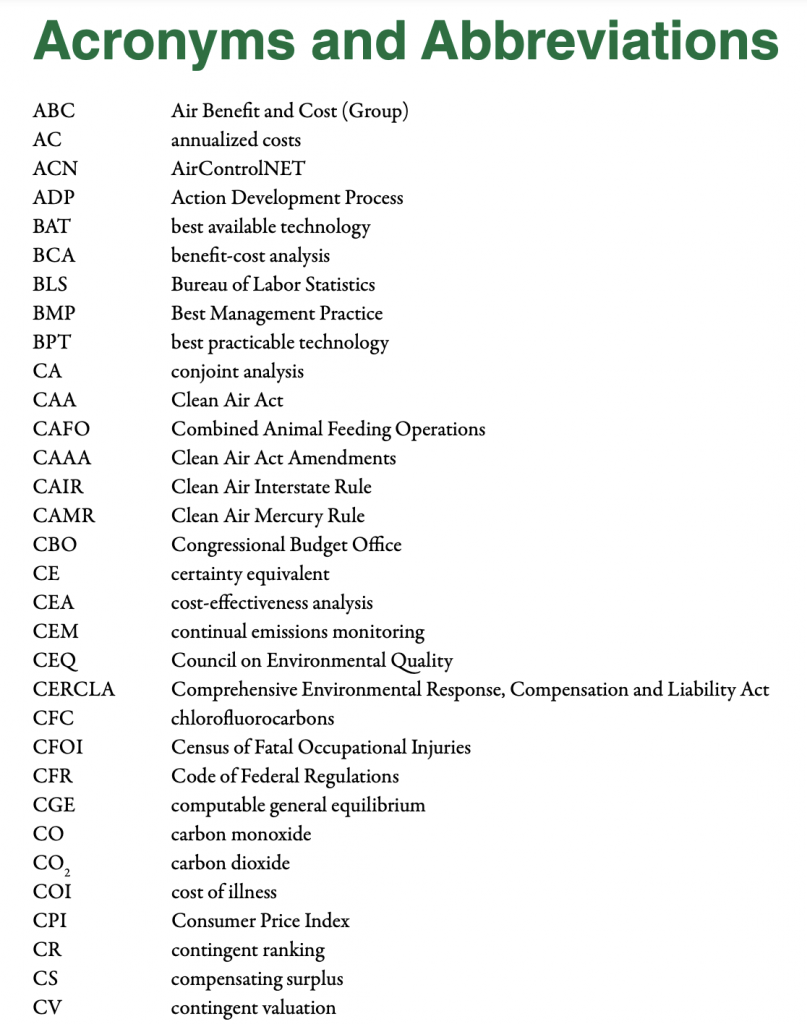Astra Taylor’s magnificent 2019 text, Out of Time, for Laphams’ climate issue talks about all the temporalities the earth operates on, and how humans manage to or willfully experience so few. We are surrounded by chemical, geophysical, and biological clocks, yet
Capitalism’s clock ticks loudest in our ear
I’d add: the time of a coal seam’s development, deep time, the time it takes for a drop of sea water to circumnavigate along the Great Ocean Conveyor Belt (1000 years).
In his essay “Time, Work-Discipline, and Industrial Capitalism,” the British historian E.P. Thompson invokes Madagascar, where time was measured by “a rice cooking” (about half an hour) or “the frying of a locust” (a moment), and tells of some native communities that spoke of how a “man died in less than the time in which maize is not yet completely roasted” (less than fifteen minutes).
Fossil fuels sped up time (via work demands, travel and mobility opportunities, the ease of obtaining objects, stuff).
“The psychological results of carboniferous capitalism—the lowered morale, the expectation of getting something for nothing, the disregard for a balanced mode of production and consumption, the habituation to wreckage and debris as part of the normal human environment—all of these results were plainly mischievous.” (Lewis Mumford, Technics and Civilization, 1934)
“Global warming is a sun mercilessly projecting a new light onto history,” writes Andreas Malm in Fossil Capital, a history of steam power. “If we wait some time longer and then demolish the fossil economy in one giant blow, it would still cast a shadow far into the future: emissions slashed to zero, the sea might continue to rise for many hundreds of years.” By burning up the past, we imperil everything to come.
We can see the danger in the environment around us. Nature’s timekeeping methods are increasingly confused; delicately evolved biological clocks erratically speed up or slow down.
There is another danger, and that is the human capacity to keep two sets of books, in terms of temporal accounting. Neither looks too far back or to the side; each book circulates around the economy of ourselves: our life spans, our generational entitlements (or traumas), and our right-now attachment to our “rights’ to fully enact a techno-utopian present. Taylor talks about biological mismatch theory: the desynchronization of biological clocks from current climatological realities; but capitalocene humans also evince mismatches between our brains’ capacities and the task at hand, to think beyond our selves, beyond the moment, in an enduring way, one that cannot be unfelt.
(Humans) are out of sync with everything on earth and even with one another. There are 7.7 billion human beings and counting, each of us possessing a kind of inner clock, a unique expression of lived time. For Homo sapiens, time is strange not only because it is relative, as Albert Einstein and others revealed, but because it is subjective; it is not only biological, like the clocks of flowers and trees, but also psychological. Our personal experiences of time are inconsistent, mutable. In childhood a month can linger for an eternity; for someone in middle age, a season unspools at a disorienting clip.
Part of the anxiety many of us feel around climate change is the fact that no one knows what will happen next. But perhaps that’s the wrong way to think about it. The ancient Greek root chronos means chronological time, a sequential unfolding. But the ancient Greeks complemented it with kairos, which meant a propitious moment, the time for decision or action—a term that in modern Greek has coincidentally come to mean weather. Perhaps the opportune time to intervene is fleeting, like a passing thunderstorm or the peak of spring, and we risk a mismatch by striking too late.
From first breath, each of us is bound in a complex web of relationships that transcend the current moment. Thinking of time as chronological might be part of what is holding us back from finding a sustainable path. Past, present, future—climate change combines all these registers at once. Time is not an arrow, relentlessly moving forward, but something circular and strange, more akin to “a lake in which the past, present, and future exist,” to quote the Potawatomi botanist Robin Wall Kimmerer, than a rushing river. We need a new vocabulary and new understandings—or maybe we need to revive concepts and traditions unjustly deemed relics of an outmoded, obsolete age by a dominant culture invested in their disappearance.
Taylor goes on to describe the time taken in Vancouver to save the Squamish language from extinction, and how many indigenous people believe that the equality of life we had before colonization was much better than we have now. (I hope that was in no way a typo).

